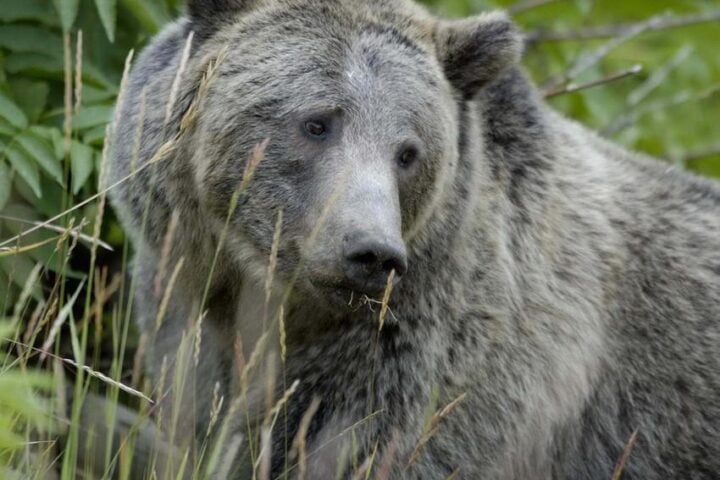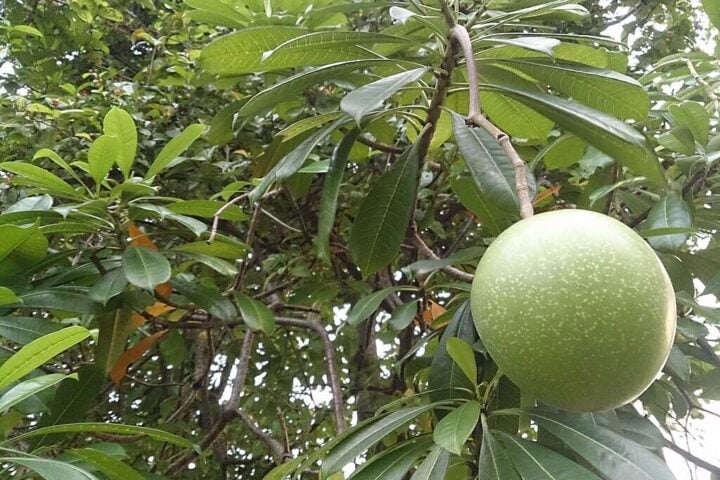When rockets meet rookeries, who prevails? Johnston Atoll—a remote Pacific wildlife refuge harboring 1.5 million seabirds—faces an existential quandary as the U.S. Air Force advances plans to transform part of this ecological haven into landing pads for SpaceX rockets.
The Department of Air Force (DAF) and U.S. Space Force announced in March their selection of Johnston Atoll—located approximately 825 miles southwest of Hawaii—to test their ambitious Rocket Cargo Vanguard program. The military envisions revolutionizing logistics by delivering up to 100 tons of cargo globally within 90 minutes using commercial reusable rockets. SpaceX’s Starship, currently the only vehicle matching these specifications, stands as the presumptive partner.
“Installing rocket landing pads on Johnston Atoll cannot occur without significantly disrupting wildlife,” states Michael Parr, President of the American Bird Conservancy (ABC), voicing concerns that the project could unravel decades of painstaking conservation work.
The proposed infrastructure includes two concrete landing pads and plans for 10 rocket landings over four years—with operations potentially beginning this year following environmental reviews. While the Air Force has initiated a Draft Environmental Assessment anticipating a Finding of No Significant Impact (FONSI), conservation organizations demand a comprehensive Environmental Impact Statement (EIS) to fully evaluate potential harms.
Ecological Treasure Under Threat
Johnston Atoll houses approximately 1.5 million seabirds across 15 species throughout the year—a remarkable recovery from near-devastation during its military occupation. The refuge hosts 50% of the global Red-tailed Tropicbird population (fewer than 70,000 worldwide) and over 5,000 pairs of Red-footed Boobies, constituting one of the largest colonies in the Central Pacific.
University of Texas wildlife biologist Ryan Rash, who spent nearly a year on Johnston, explains the primary concern: “The biggest issue this will bring is the sound of the rocket flushing birds off of their nests and having them so anxious and unsure as to not return to their nest, resulting in a loss of generation.”
This isolated sanctuary, designated a wildlife refuge in 1926, serves as the sole land many seabirds encounter across 570,000 square miles of open ocean—making its preservation particularly crucial for species already suffering from global population declines reaching 70% since 1950.
Similar Posts
From Nuclear Tests to Bird Paradise: A Fragile Recovery
Johnston Atoll’s history parallels humanity’s complex relationship with nature. The U.S. military conducted nuclear tests there from the late 1950s through 1962 and stored chemical munitions including Agent Orange from 1972 to 1975. After the military’s departure in 2004 and subsequent environmental cleanup, the atoll gradually transformed into a thriving ecosystem.
A remarkable conservation effort spanning 2010 to 2021 successfully eradicated invasive yellow-crazy ants from the atoll—a project requiring meticulous protocols where “crews brought their clothing in sealed bags, had their equipment frozen and sanitized, and used separate island shoes to prevent new species from invading,” according to Eric Baker, a Fish and Wildlife Service volunteer who spent a year on Johnston.
This $21 million ant eradication campaign exemplifies the extraordinary measures taken to restore the atoll—investments now jeopardized by the rocket program backed by a $102 million Air Force contract with SpaceX.
Environmental Risks: Beyond Noise Pollution
The environmental concerns extend beyond acoustic disturbance:
- Habitat Destruction: Reopening the old airstrip would destroy ground-nesting colonies that have reclaimed the entire runway.
- Invasive Species Risk: After years of strict biosecurity protocols, increased human activity raises threats of reintroduction.
- Contamination and Debris: Rocket failures could scatter hazardous materials across the refuge and into surrounding protected marine ecosystems.
Steven Minamishin, a Hawaii-based biologist with the National Wildlife Refuge System, summarizes the fundamental problem: “ Any sort of aviation that happens to the island is going to have an impact at this point.”
SpaceX’s environmental record raises additional red flags. At its Boca Chica facility in Texas, a Starship launch destroyed plover shorebird nests and eggs last year, resulting in legal complications. CEO Elon Musk later remarked he would “refrain from eating omelets for a week to compensate”—a quip that concerned conservationists monitoring the Johnston Atoll proposal.
Cultural Heritage at Stake
Known as Kalama Atoll to Native Hawaiians, the islands hold spiritual value as part of Polynesian voyaging routes and were claimed by the Kingdom of Hawaiʻi in 1858. The atoll constitutes a key component of the Pacific Remote Islands Marine National Monument, protecting not only seabirds but also pristine coral reefs and marine biodiversity.
“These little remote oceanic islands are all that’s left for them,” emphasizes Desirée Sorenson-Groves, president of the National Wildlife Refuge Association. “We’ve invested a lot of money as a country to bring back wildlife to these places.”
A Critical Juncture
The Air Force spokesperson notes they are “closely consulting with the Fish and Wildlife Service, as well as the National Oceanic and Atmospheric Administration’s Marine Fisheries Service, to assess impacts and develop necessary measures for avoiding, minimizing and/or mitigating potential environmental impacts.”
As the Draft Environmental Assessment approaches public release in April 2025 with a 30-day comment period, Johnston Atoll stands at a crossroads. The outcome will determine whether humans can balance technological advancement with ecological stewardship, or whether military logistics will trump the needs of creatures who have called these islands home for millennia.
The case raises fundamental questions about prioritization. For the military seeking rapid global cargo delivery, Johnston Atoll offers strategic advantages. For conservationists witnessing the worldwide decline of seabird populations, the refuge represents an irreplaceable sanctuary. For policymakers, the challenge lies in determining whether human ambition can proceed without undermining ecological vitality—whether rocket landings and rookeries can coexist on a single square mile of Pacific paradise.
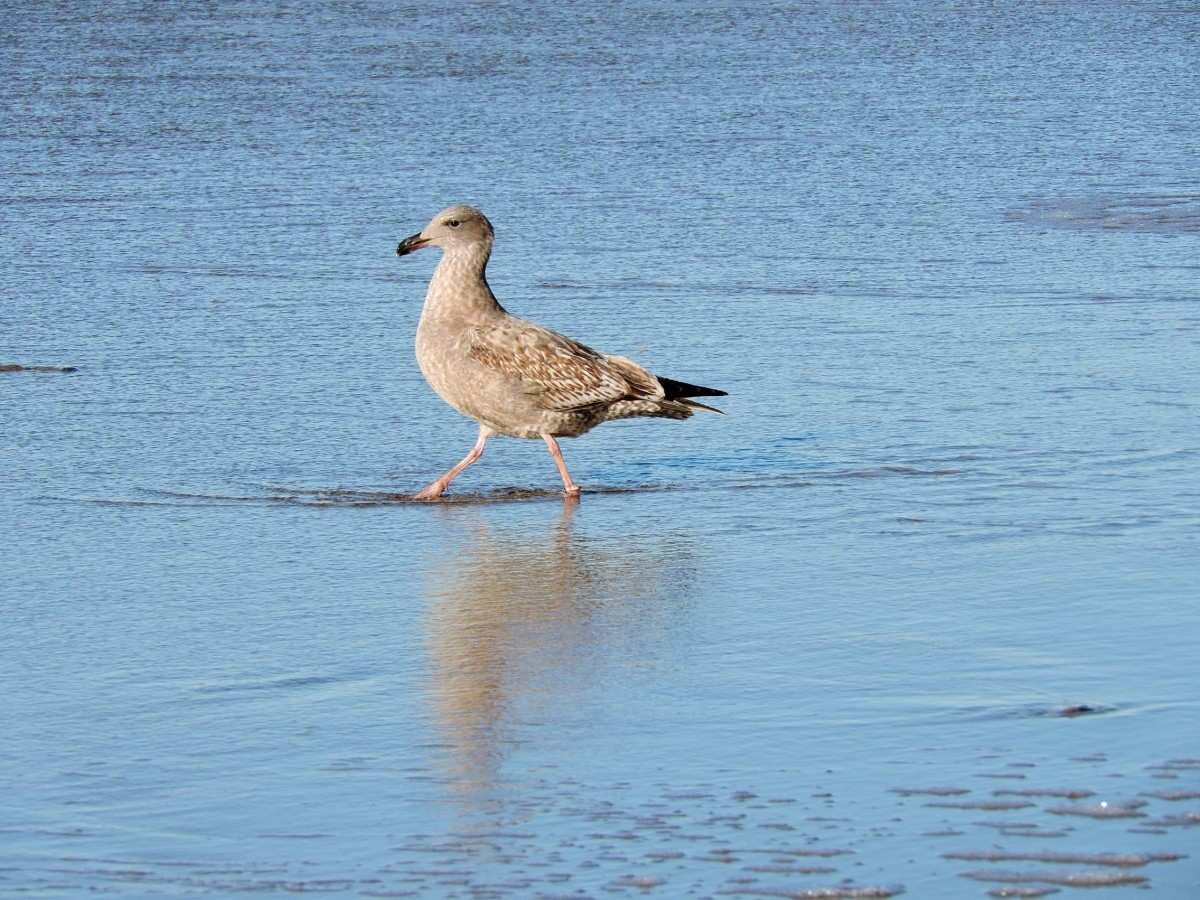

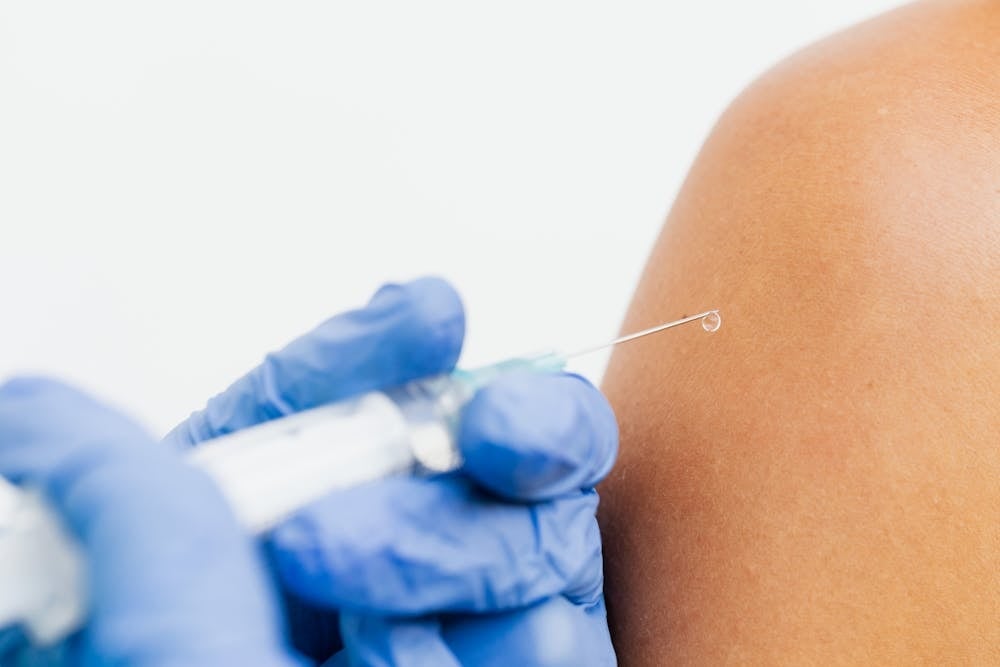

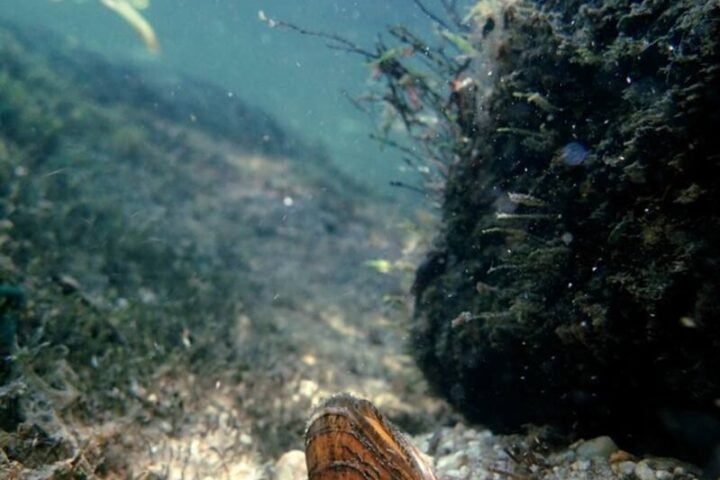
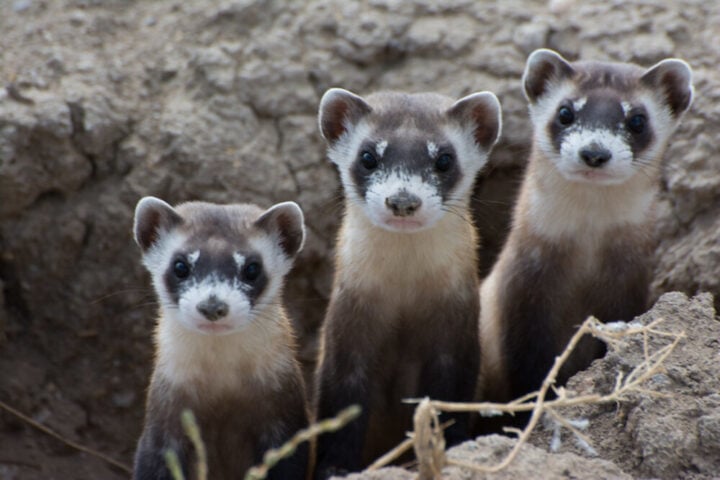
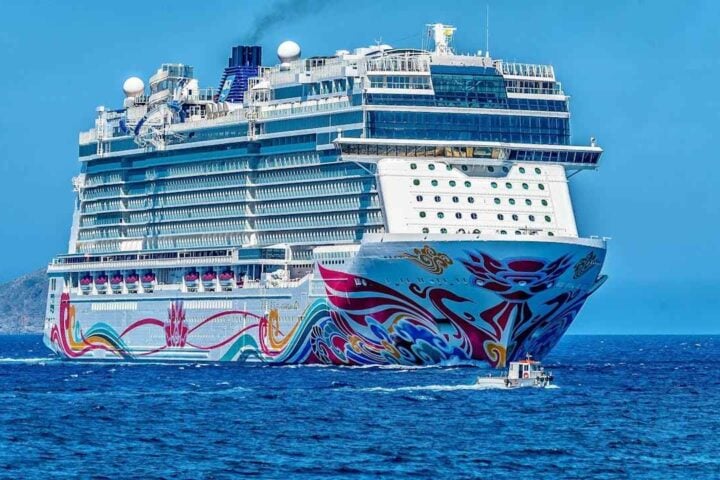
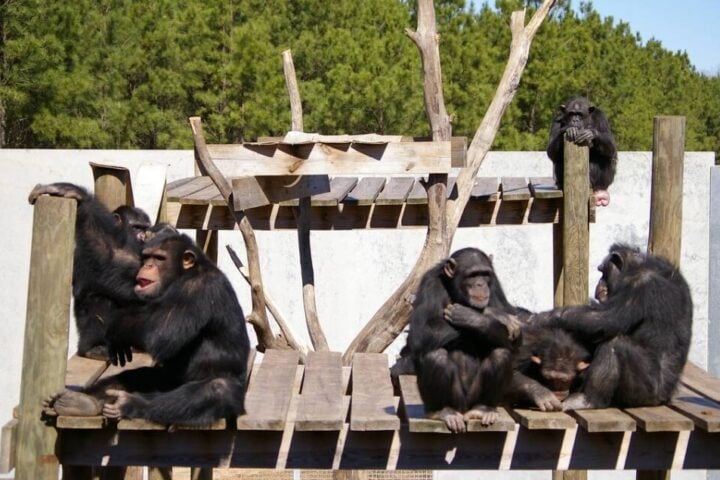


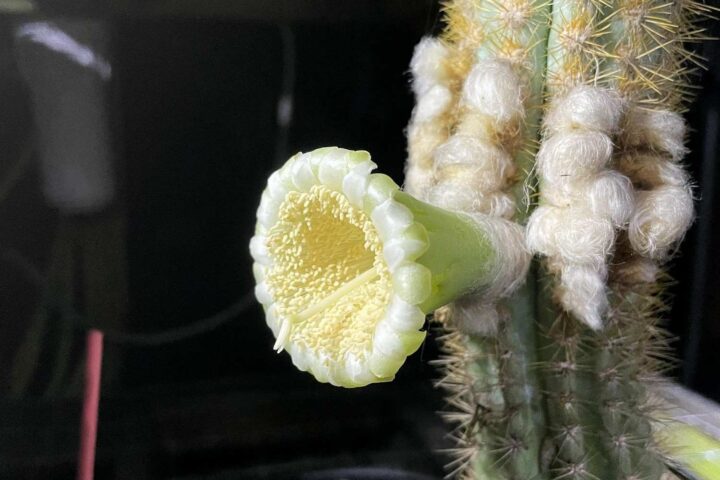
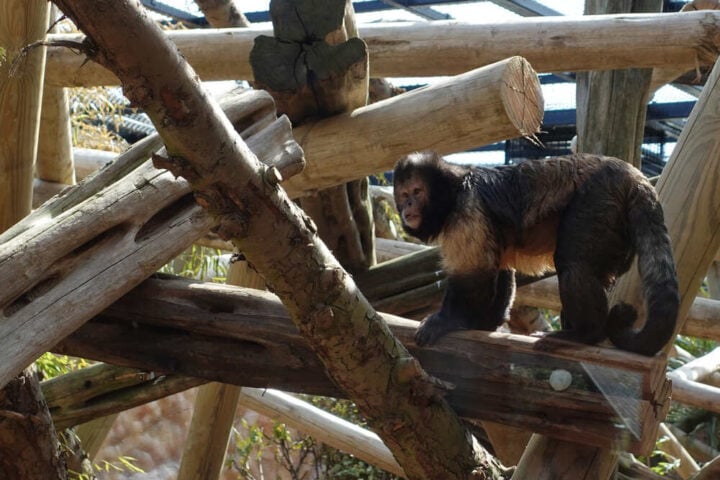
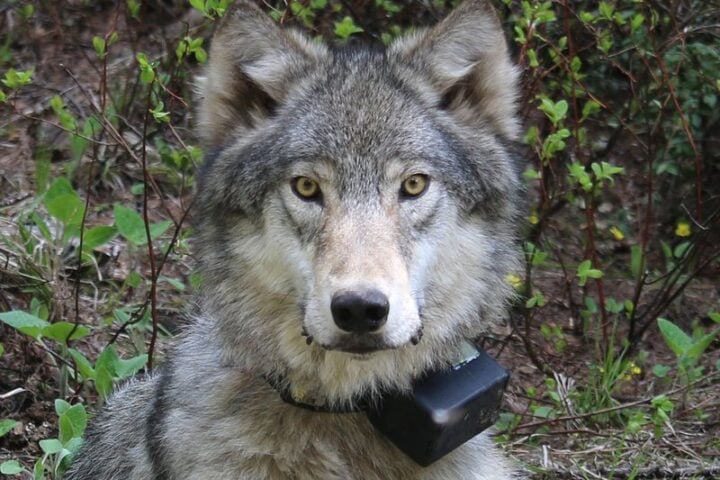
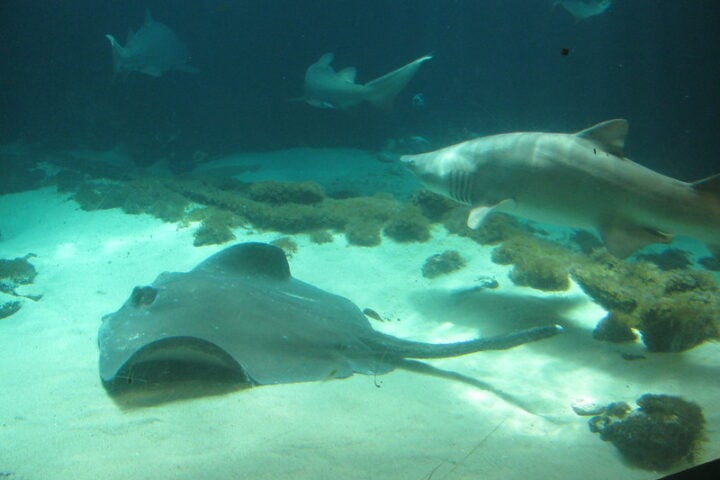
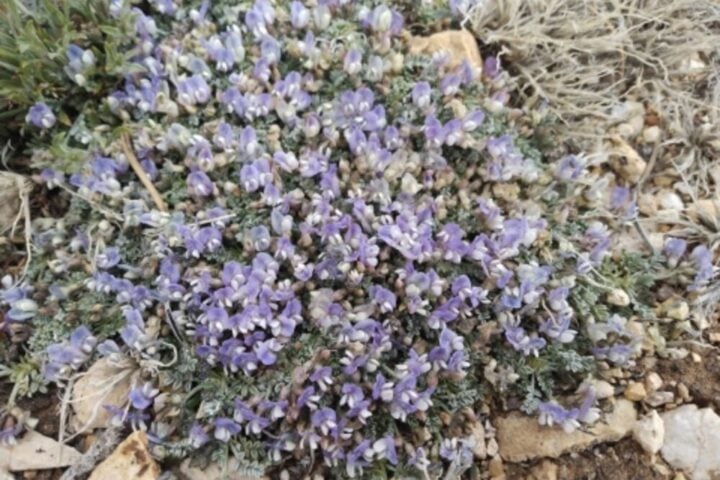
![Representative Image: European Starling [49/366]. Photo Source: Tim Sackton (CC BY-SA 2.0)](https://www.karmactive.com/wp-content/uploads/2025/04/Starlings-Drop-82-in-UK-Gardens-as-Birdwatch-2025-Reveals-Record-Low-Count-Since-1979-720x480.jpg)
